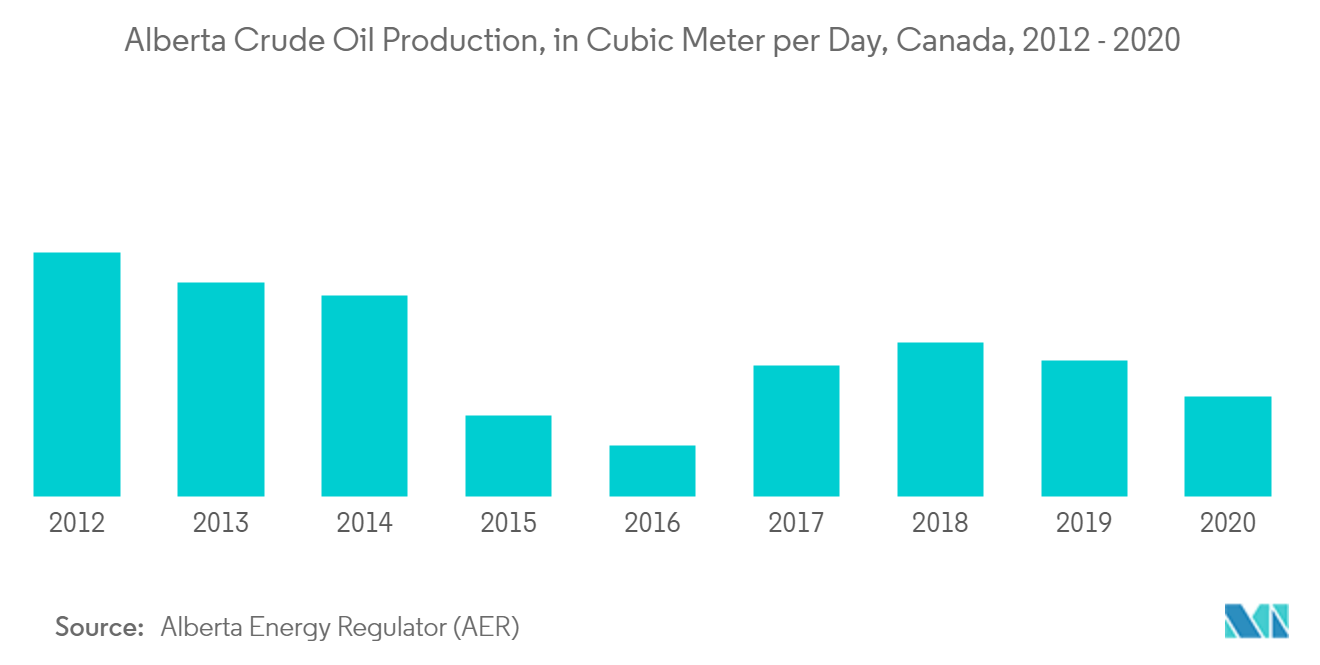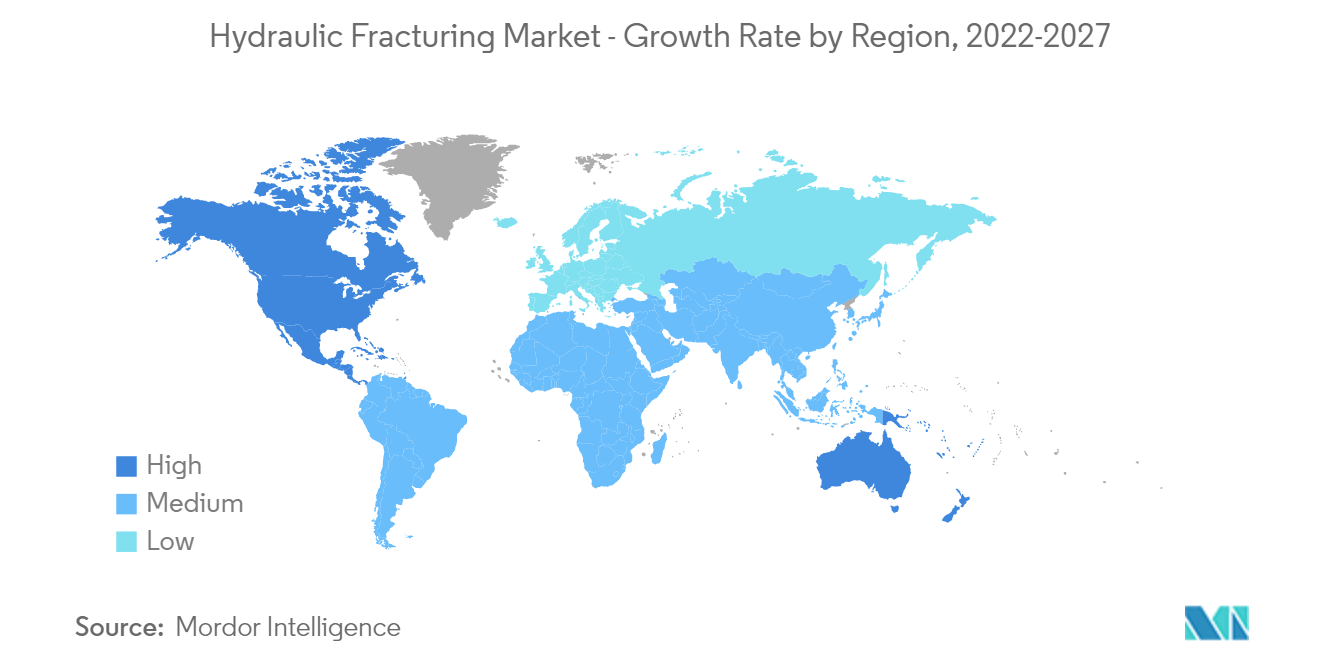Market Trends of Hydraulic Fracturing Industry
This section covers the major market trends shaping the Hydraulic Fracturing Market according to our research experts:
The Foam-based Fluid Segment to Witness a Significant Growth
- For water-sensitive formations and environments where water is scarce, foams have long been considered one of the best fracturing fluids. In particular, foams are believed to be an appropriate means for fracturing shale gas reservoirs.
- Foam-based fluids require lower (or no) water consumption and cause less damage in water-sensitive formations, and there is less liquid to recover and handle after the fracturing process. Many environmentalists, especially in the United States, have argued for cleaner methods of fracturing, which is possible through the use of foam-based fracturing. Further advancement in this technology may aid the growth of the market while also preventing environmental damage.
- Additionally, foam-based fluid has also found niche application in coalbed fracturing in Canada on dry coalbeds, where any water introduced into the formation damages the cleats.
- Although this technique has been tested in a few shale plays worldwide, most studies have been performed in the United States and Canada. Therefore, the foam fracturing technique is still comparatively novel for other countries around the world.
- The most common application for high-quality foams is in water-sensitive gas-bearing formations, typically an under-saturated gas reservoir, where water blockage is a major concern. Foams are beneficial when used for liquids-rich gas wells, such as in the Alberta Deep Basin in Canada, and work in certain oil-bearing formations, such as the Cardium. Lastly, in areas where water is in short supply or hard to source, foams can present a very obvious advantage.
- The crude oil production in Alberta reached 1,280 cubic meters per day. Also, according to the Alberta Energy Regulator, total crude oil production in Alberta is forecast to be around 4.2 million barrels per day in 2025.
- Therefore, the increasing demand for foam-based fluids in different regions is expected to drive the market during the forecast period.

North America to Dominate the Market
- North America is one of the major producers of crude oil and natural gas globally. The hydraulic fracturing market is expected to be driven forward by new well drilling and the expanding producing well base.
- In the United States, the hydraulic fracturing market is primarily driven by increased drilling activities, new offshore projects, and the redevelopment of matured fields. The production from Marcellus/Utica shale and new oil wells is expected to account for most of the growth in gas production.
- The biggest increase in activity is expected from Canada's main crude oil and gas producing region, Alberta, in the coming years. Consequently, the hydraulic fracturing market is estimated to grow at a moderate pace in Canada.
- In January 2021, Reliance Industries Ltd agreed to sell its entire stake in certain upstream assets in the Marcellus shale gas asset in south-western Pennsylvania in the United States for USD 250 million amid weakness in the global hydrocarbon market. The assets, controlled by RIL's wholly-owned unit Reliance Marcellus LLC and operated by affiliates of EQT Corporation, a United States-based energy company engaged in hydrocarbon exploration and pipeline transport, are to be sold to Northern Oil and Gas (NOG) Inc. The shock caused by COVID-19 has caused many smaller investors in the shale region to delay or abandon the projects in the industry.
- According to the US Energy Information Administration (EIA), shale oil production in the United States output would increase by 27% in 2050. The shale oil production may increase further due to new wells being drilled across the country.
- Hence, North America is expected to dominate the market due to the overwhelming production of shale on the continent and the increase in investment in the sector.

